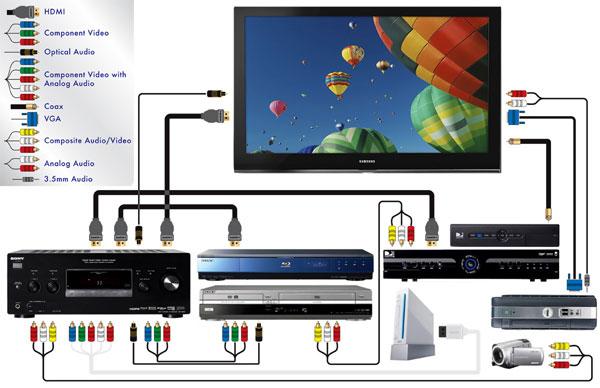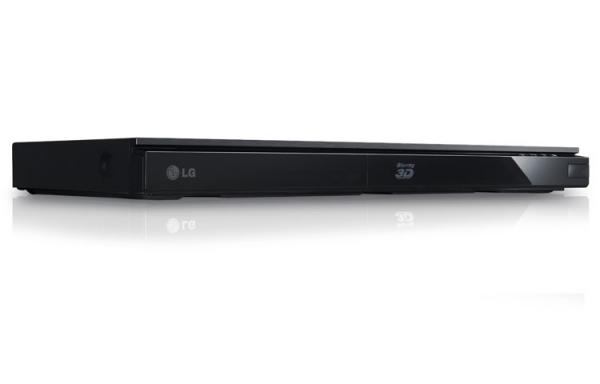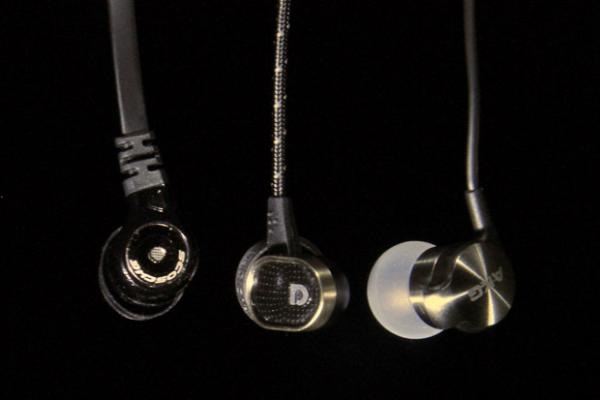LATEST ADDITIONS
|
Jul 24, 2012
|
Jul 24, 2012
|
Jul 24, 2012
|
Jul 24, 2012
|
Jul 24, 2012
 SurgeX senior engineer Martin Dornfeld discusses power protection and management for home theaters, including surge protection, lightning rods, whole-house versus outlet-level protection, brownouts and blackouts, uninterruptible power supplies, dedicated circuits, grounding, IP power management, whether or not power conditioning can improve the performance of A/V equipment, answers to chat-room questions, and more.
SurgeX senior engineer Martin Dornfeld discusses power protection and management for home theaters, including surge protection, lightning rods, whole-house versus outlet-level protection, brownouts and blackouts, uninterruptible power supplies, dedicated circuits, grounding, IP power management, whether or not power conditioning can improve the performance of A/V equipment, answers to chat-room questions, and more.








